The Importance of Data and Software in CEA Planning
We have consultants that use Agritecture Designer as part of their deliverables to clients. We have vendors that use AD as a sales tool when speaking with customers, and we even have educators interested in using AD as part of their CEA curriculum.
Take Part in the 2023 State of CEA Report
This survey will provide insights on emerging trends and challenges in the Controlled Environment Agriculture (CEA) industry.
Siemens and 80 Acres Collaborate to Scale Vertical Farming
Siemens technology and capital is aiding 80 Acres Farms and its technology subsidary, Infinite Acres, in expansion to meet global food supply demands.
2022 Top Article - A Guide To Planning A Commercial Aquaponics Greenhouse
While an enticing opportunity, planning a commercial aquaponics greenhouse requires a detailed business plan and a clear understanding of your goals.
How Can Greenhouses, Vertical Farms & Container Farms Work Together?
CEA is importantly not the answer to all the systemic problems in food production, but it is a powerful method that adds much needed resilience into supply chains, as the climate across the globe changes.
Grow Room Ventilation: The Pros and Cons of Positive vs Negative Air Pressure
When faced with challenges of contamination and odor control, some indoor growers have adopted pressurized ventilation methods, manipulating positive and negative pressure to protect their grow spaces.
New Air Source Heat Pumps provide energy efficient heating for garden centre whilst reducing CO2 emissions
Three new Air Source Heat Pumps (ASHPs) have been installed at the Perrywood Tiptree garden centre in Essex, providing a much more energy-efficient heating solution than the old oil-fired boiler system previously used.
Why More Growers Are Choosing Polycarbonate Panels
Polycarbonate panels offer growers a superior cladding solution, delivering effective light transmission and diffusion, simplifying maintenance and improving their structure's heat retention. They also present a number of options to choose from.
Cultivating Sustainable Cannabis in South Africa
Cannabis is well-known to be a resource-intensive crop. From lighting to water to HVAC to soil, there are numerous factors that affect production, morphology, costs, and waste.
Our large-scale automated Vertical Farm concept for investors and major UK retailers is 'next evolution' for industry
Cambridge HOK is confident of leading 'the next evolution of the Vertical Farming industry' having launched a new 'concept to completion' package to provide investors and retailers with their own fully automated indoor growing facilities.
A Climate Controlled Greenhouse Is the Ideal Setting for Controlled Environment Agriculture
Controlled environment agriculture will likely play a critical role in the future of crop production. Both commercially and locally, operations that use this growing strategy can produce crops year-round, while improving the quality and size of their harvests.
Implementing Greenhouse Shelving to Optimize Growing Space
Without effective organization or a convenient growing area, plants can be inadequately spaced, and growers miss out on potential profits since they aren't using their greenhouse to its full potential.
Empire State Development Announces Finalists Selected for Round Three of the Grow-NY Food and Agriculture Business Competition
20 Startups from Across the Globe will Compete to Win a Combined Total of $3 Million in Prize Money.
Records 31 to 43 of 43
Featured Product
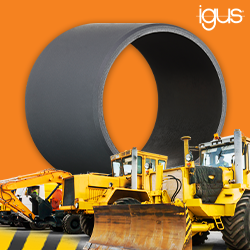
iglide® Q3E - two-component, high-load bearings for heavy-duty use
In this iglide® multi-component bearing, the outstanding tribological properties of iglide® Q3 are embedded in a high-strength jacket. The result is an even higher mechanical load capacity with simultaneously low wear, perfect for heavy-duty applications in harsh environments.


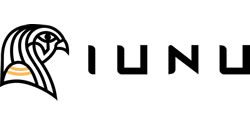
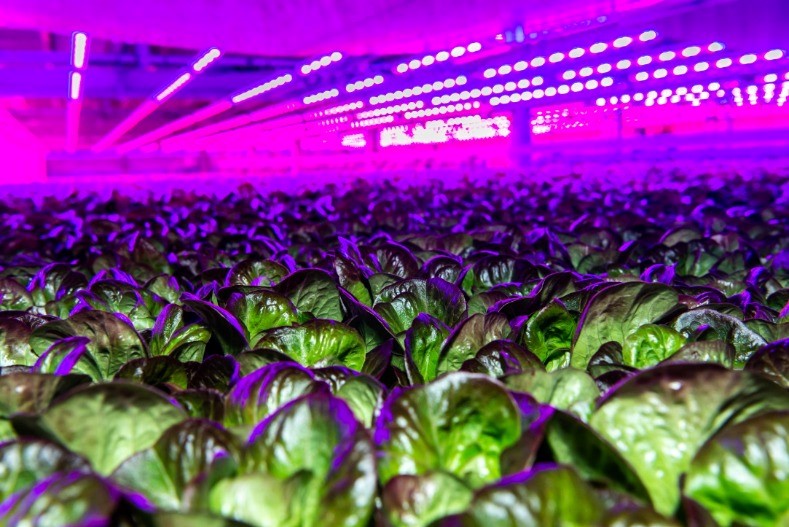
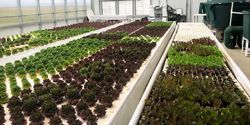
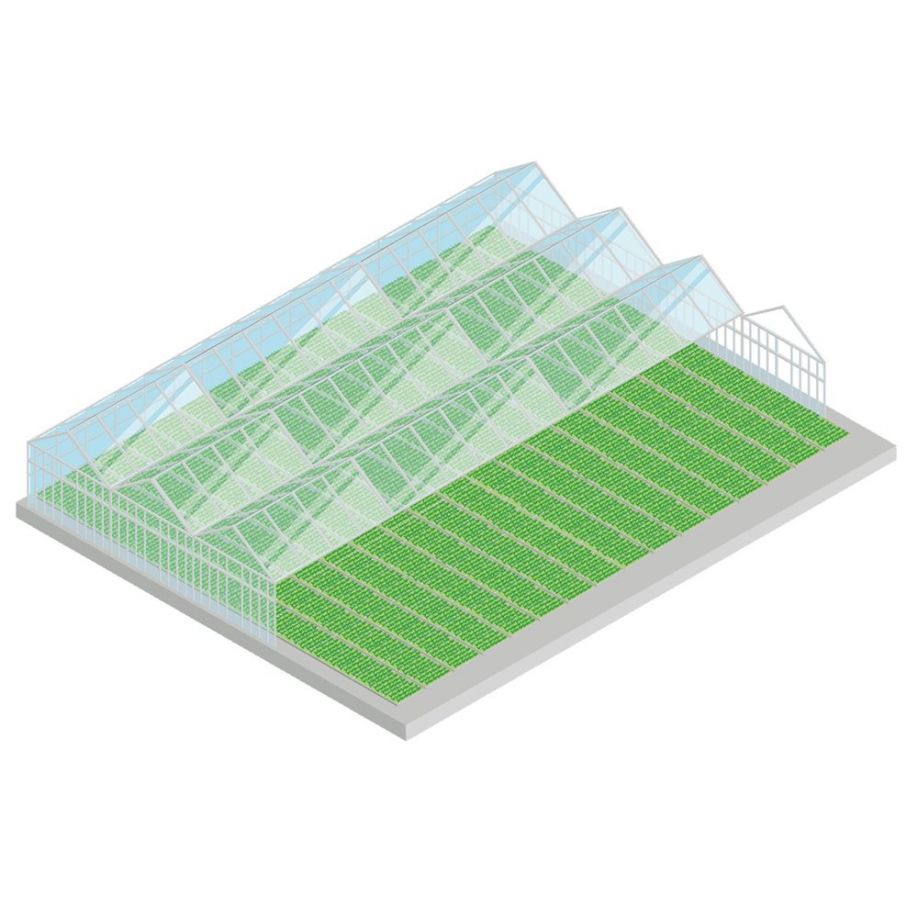

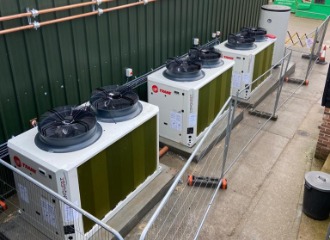
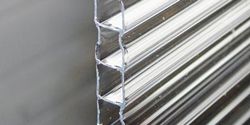
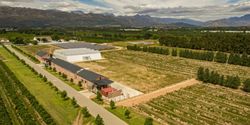
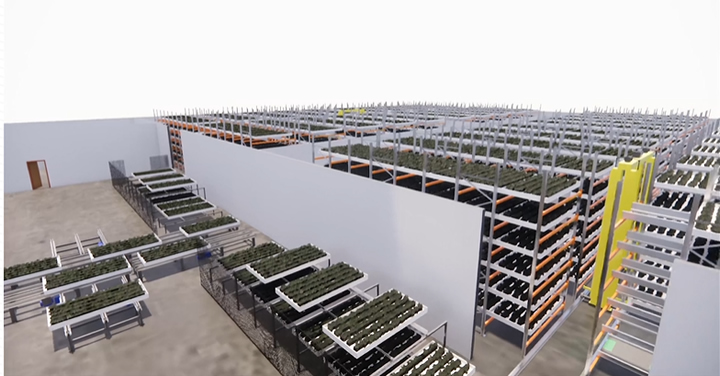
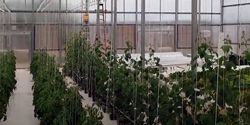
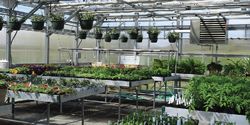
.jpg)